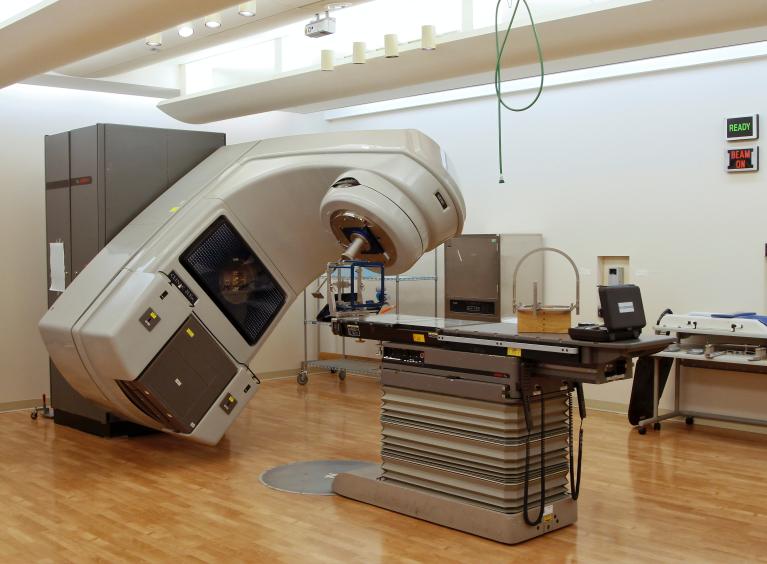Prior to some fluoroscopy examinations patients may need to drink water, however, for many there is no preparation required. Any instructions that are required prior to the patient’s procedure will be sent out with their appointment. For barium studies, patients will be encouraged to drink plenty of fluids after their examination has been performed. Patients may be asked to confirm their appointment by text.
What will happen during the procedure?
The Radiologist or Radiographer performing the procedure will explain what is going to happen and in what position we need the patient. The patient will either lie on the table or for some tests the table will be upright and the patient will stand with their back against the table. Clear instructions will be provided throughout the procedure.
On average a procedure will last between 10 and 20 minutes, but some may take 60-90 minutes.
Will an injection be given?
Patients who are undergoing an MR Arthrogram will require an injection of dye into their affected joint following the administration of local anesthetic. Prior to any injection, patients will be asked whether they have any particular allergies and whether they are diabetic.
If patients have received an injection, they will be asked to remain in the department for 30 minutes after the injection to ensure that they have no side effects from the contrast.
Can someone stay with me during the procedure?
No, due to the exposure to ionising radiation patients cannot be accompanied during the procedure. For very small children requiring fluoroscopy the Radiographer may allow a parent to accompany their child. In this scenario the parent will be asked to wear a lead apron to protect them from the radiation.
Are there any risks to the procedure?
Fluoroscopy is an imaging technique that uses x-rays and therefore, has the usual risks associated with ionising radiation. The amount of radiation received is dependent on the test performed.
There is also a small risk that patients may be allergic to the contrast media.
Any previous reactions should be mentioned to the Radiographer prior to the patient’s examination.
When will I get my results?
The Radiographer will not be able to give patients their results. Scans will be studied by a Consultant Radiologist who will send the results to the person that referred the patient. This normally takes no more than 7 days.
If patients have any questions prior to their fluoroscopy appointment, they should make contact via the telephone number on their appointment letter or contact the department.

